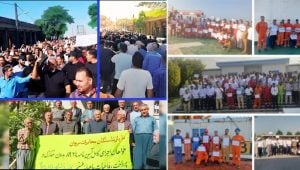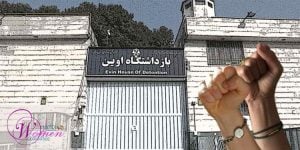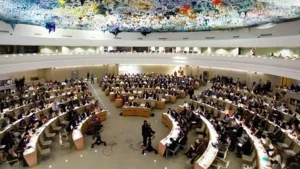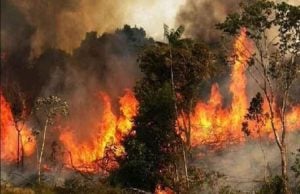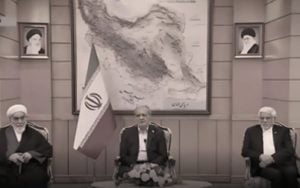Facebook
Twitter
LinkedIn
Pinterest
Reddit
Email
Print
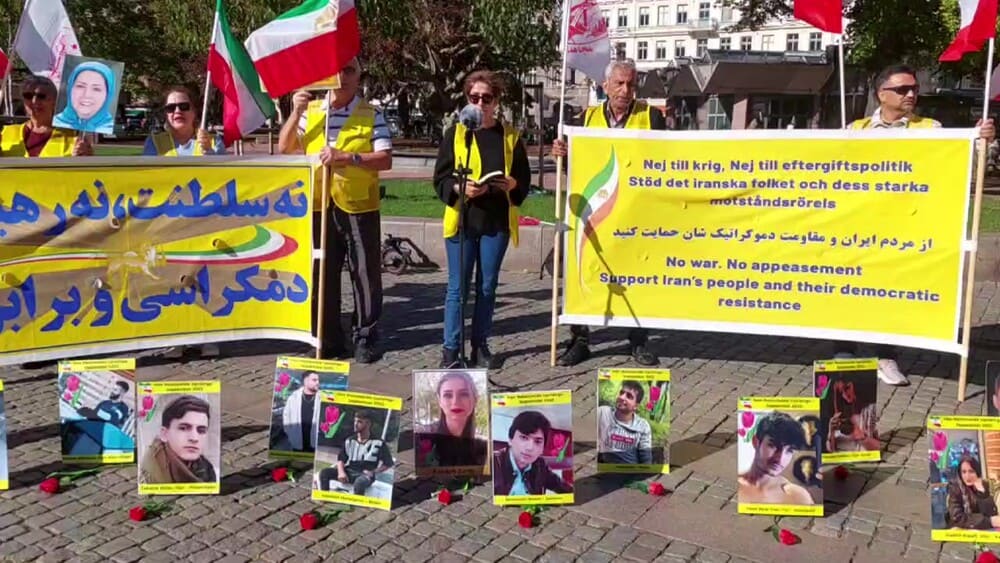
THIS PAGE WILL BE UPDATED WITH THE LATEST NEWS
UPDATE: 8:00 AM CEST
How the Iranian regime’s fear of a new uprising is fueling a nationwide revolt
On September 28 and 29, 2025, the streets of Iran once again erupted with the roar of a nation pushed to its breaking point. A tidal wave of protests, from steelworkers in Ahvaz and retirees in dozens of cities to students in Tehran, swept across the country, exposing the clerical regime’s profound incompetence. Yet, while the courage of the Iranian people was on full display, the most damning evidence of the regime’s fragility came from within its own ranks. Haunted by the specter of another nationwide uprising, its state-controlled media, internal officials, and judiciary are now openly broadcasting their terror of “protest riots” and the “emergence of a revolution.” This fear, however, is leading not to reform but to intensified repression, creating a vicious cycle that is accelerating its path toward collapse.
30 Political Prisoners Demand Return of Women Inmates from Qarchak Prison to Evin
On Wednesday, September 30, 2025, thirty political prisoners held in Tehran’s Evin Prison issued a joint statement condemning the “inhuman conditions” faced by female political prisoners in Qarchak Prison, Varamin. The signatories held the death of political prisoner Somayeh Rashidi directly accountable to the negligence and incompetence of the Iranian judiciary and prison authorities, demanding the immediate transfer of female political prisoners back from Qarchak to Evin. The statement stressed that the “recurring deaths inside Iranian prisons” are the result of structural dysfunction, lack of independent oversight, and the deliberate denial of the most basic rights of prisoners—a pattern, they warned, that will persist until fundamental reforms in prison policies are enacted.
Malmö Rally Honors 1981 Uprising and Zahedan Bloody Friday, Condemns Executions in Iran
Malmö, Sweden– September 27, 2025 – Supporters of the People’s Mojahedin Organization of Iran (PMOI/MEK) gathered in Malmö to commemorate the anniversary of the September 27, 1981 uprising (5 Mehr 1360) and to honor the memory of Zahedan’s Bloody Friday during the 2022 nationwide protests. Participants strongly condemned executions in Iran and urged the immediate release of political prisoners.
Bremen Rally Honors 1981 Uprising and Zahedan Bloody Friday, Condemns Executions in Iran
On September 27, 1981, Iranian students and youth supporting the PMOI launched a historic uprising, breaking the regime’s red lines with chants of “Death to Khomeini, Long Live Freedom.” The regime’s response was swift and brutal. Eyewitnesses reported that 1,800 protesters and MEK supporters were executed in Evin Prison that very night.
Essen, Germany – MEK Supporters Commemorate 1981 Uprising, Call for a Democratic Republic in Iran
Essen, Germany – September 27, 2025 – Supporters of the People’s Mojahedin Organization of Iran (PMOI/MEK) gathered in Essen to commemorate the anniversary of the September 27, 1981 uprising (5 Mehr 1360) in Tehran. They reaffirmed their pledge to continue the struggle until the overthrow of the clerical regime in Iran.
UN Experts Report Rising Executions in Iran
United Nations experts have voiced serious concern over what they described as an unprecedented surge in executions in Iran. They reported that in less than the first nine months of 2025, more than 1,000 people have been executed — a figure they say constitutes a clear violation of international law and reflects a dramatic escalation in the use of the death penalty. The experts stated: “The scale of executions in Iran is shocking and represents a grave violation of the fundamental right to life. With an average of more than nine executions per day in recent weeks, Iran is carrying out executions on an industrial scale that is incompatible with accepted human rights standards.
Some Iranian Cities Can’t Afford Firefighting Uniforms
Ghodratollah Mohammadi, CEO of Tehran’s Fire Department and head of the Firefighters’ Task Force, announced that due to severe economic problems, some cities in Iran do not even have enough funds to purchase firefighting uniforms. On Monday, September 29, Mohammadi said: “One firefighting uniform now costs 3 million rials (about $2,730). Some cities cannot even afford to buy firefighting uniforms and are really struggling to pay their [employees’] salaries.” He called for firefighting shortages to be addressed through the national budget and added: “A large portion of firefighting equipment is imported, and customs exemptions for rescue equipment need to be considered.” This is not the first time firefighters have protested shortages of equipment and livelihood hardships. These problems have become particularly evident during crises such as forest fires or building accidents.
Snapback Sanctions and Execution Surge Expose Deepening Crisis Within Iran’s Regime
As factional infighting escalates and sanctions return, the clerical regime relies on executions to mask its failures and contain social unrest. The reimposition of UN and EU sanctions on Tehran has struck the regime like a double blow, inflicting wounds that grow deeper by the day. What once appeared as hidden rivalries within the ruling elite has now evolved into an open and irreparable power struggle. Even regime insiders acknowledge that the conflict has reached a point where the very survival of the system is in jeopardy. Both major factions within the ruling establishment outwardly claim to seek stability, yet in practice they only intensify each other’s crises, pushing the regime further into turmoil. Amid this noisy power struggle, the regime’s judiciary continues to play its long-standing role as the backbone of repression: executions. Since the end of the recent 12-day war, executions have surged dramatically, becoming one of the most pressing human rights crises in Iran today.
Also, read Iran News in Brief – October 1, 2025
